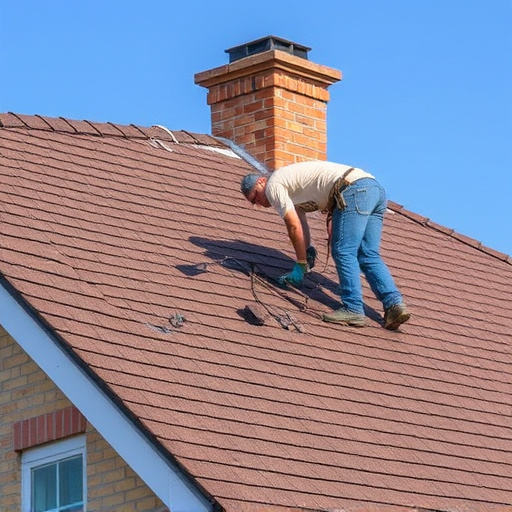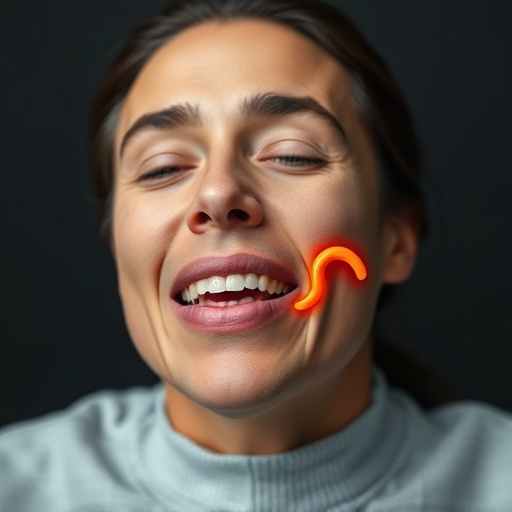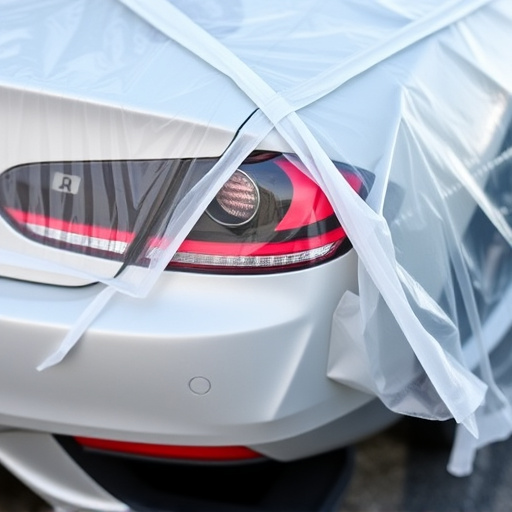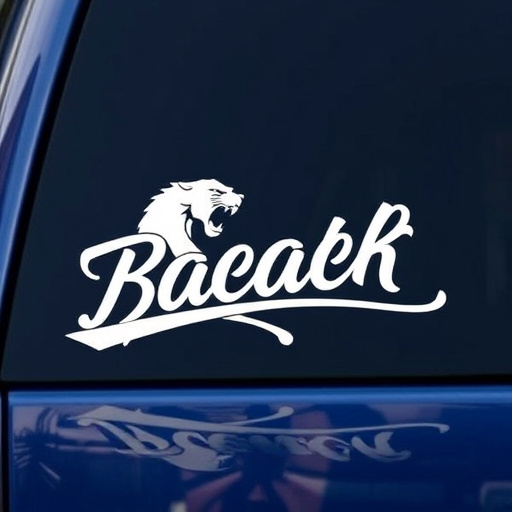Optimal humidity (30% – 50%) during vehicle decal installation ensures strong adhesion and long-lasting results. High or low humidity can disrupt bonding, leading to issues like peeling or bubbles. Balanced conditions, including surface preparation, precise adhesive application, and moderate temp (~21°C/70°F), are crucial for successful vehicle decal customization.
Humidity, a seemingly subtle factor, plays a significant role in the success of vehicle decal installation. This article explores how moisture in the air can either enhance or hinder the adhesion process, offering crucial insights for professionals and DIY enthusiasts alike. We delve into the science behind humidity’s impact, guiding you through the optimal conditions for effective bonding. By understanding humdity levels and their effects, you’ll ensure long-lasting, vibrant decal applications on your vehicle.
- Humidity Levels and Their Impact on Adhesion
- Understanding Decal Installation Process
- Optimal Conditions for Effective Bonding
Humidity Levels and Their Impact on Adhesion

Humidity levels play a significant role in the adhesion process during vehicle decal installation. Optimal humidity ensures that the adhesive binds strongly to both the decal and the car’s surface, leading to a long-lasting and visually appealing finish. However, high humidity can hinder this bond strength, as water vapor competes with the adhesive for bonding sites on the surfaces. This is especially true for sensitive adhesives used in precision vehicle enhancements and car customizations, where a secure attachment is paramount.
When humidity levels are off-balance, the moisture in the air can cause the adhesive to become less effective. This can result in bubbles, wrinkles, or even peeling of the decal over time. Conversely, low humidity environments allow for better adhesion, as there’s less moisture present to disrupt the bonding process. Thus, for the best outcomes in vehicle decal installation, it’s crucial to maintain balanced humidity levels—a key factor in achieving superior car customization and paint protection film results.
Understanding Decal Installation Process
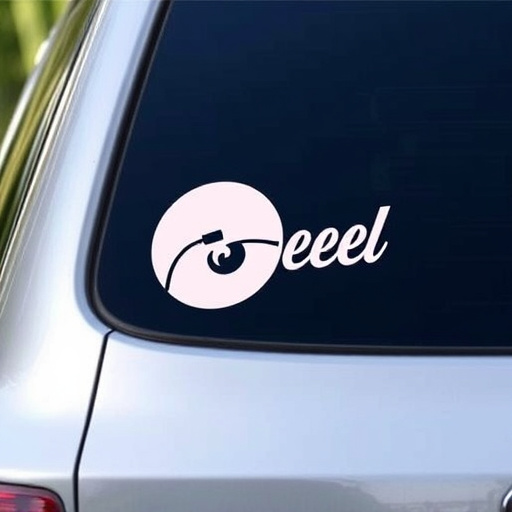
The process of installing vehicle decals involves several precise steps to ensure a flawless finish. It begins with thorough preparation of the car’s surface, which includes cleaning and decontaminating the area where the decal will be applied. This step is crucial as any contaminants can weaken the adhesion of the decal later on. After the surface is ready, a layer of adhesive is carefully applied, following the manufacturer’s instructions for timing and distribution.
The actual placement of the decal requires skill and patience. It involves aligning the decal with precision, starting from one edge and smoothly smoothing it out to ensure there are no bubbles or wrinkles. Heat may be applied during this process to aid in setting the adhesive, especially in colder temperatures. Once the decal is perfectly positioned, any excess adhesive around its perimeter is carefully trimmed, leaving a clean, crisp edge. This meticulous approach ensures that not only does the decal stick securely, but it also enhances the overall aesthetics of the vehicle, whether for simple branding or more intricate custom vehicle wraps and paint corrections.
Optimal Conditions for Effective Bonding

Achieving optimal conditions is key to ensuring effective bonding during vehicle decal installation. The ideal environment for applying decals includes a clean, dry surface with moderate temperature and humidity levels. For best results, aim for a relative humidity between 30% and 50%. This range facilitates the perfect balance between adhesive properties and ambient air conditions, allowing the decal to adhere securely without any bubbles or misalignments.
Additionally, maintaining a consistent temperature around 21°C (70°F) is beneficial. Extreme heat can cause the adhesive to cure too quickly, leading to poor bonding, while cold temperatures might slow down the process, resulting in reduced adhesion. Custom vehicle wraps and scratch protection films also benefit from these optimal conditions, ensuring not just effective installation but also enhanced durability and heat rejection properties.
In conclusion, understanding how humidity affects vehicle decal installation is key to achieving optimal adhesion. By maintaining suitable moisture levels and following best practices during the installation process, you can ensure long-lasting and visually appealing decals. Optimal conditions for effective bonding include controlled temperature, minimal humidity, and a clean surface, allowing for a professional finish that enhances the vehicle’s aesthetics.


